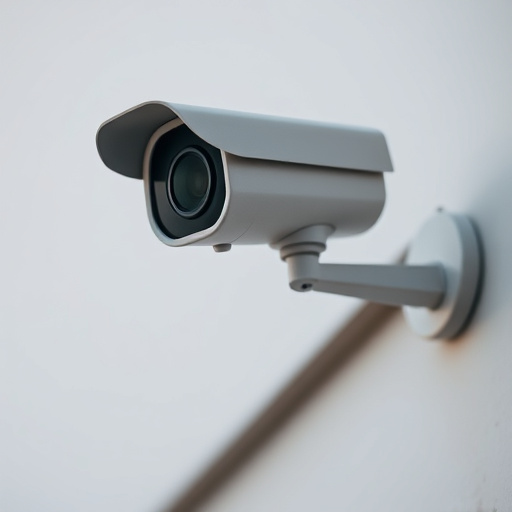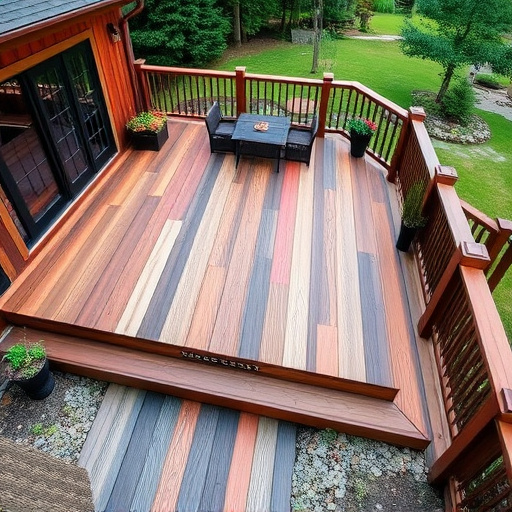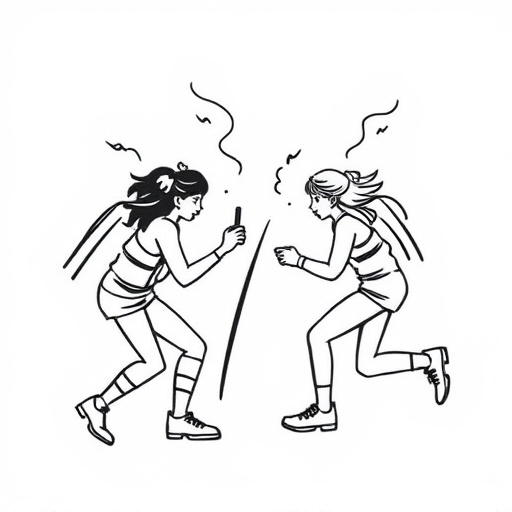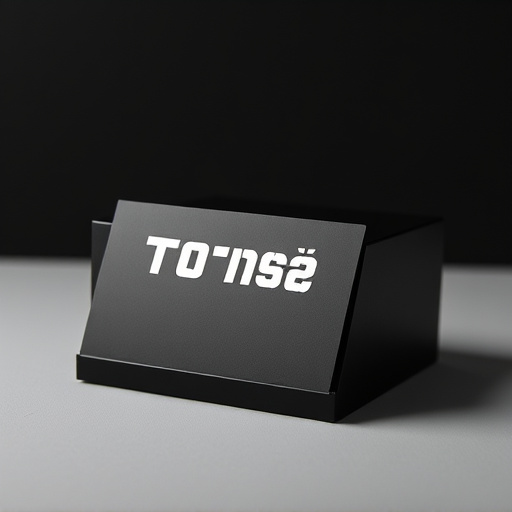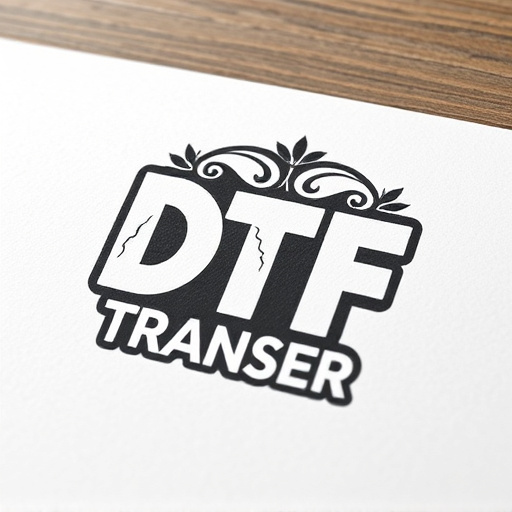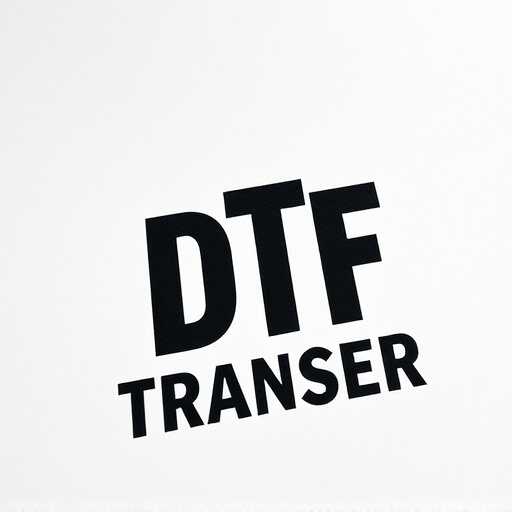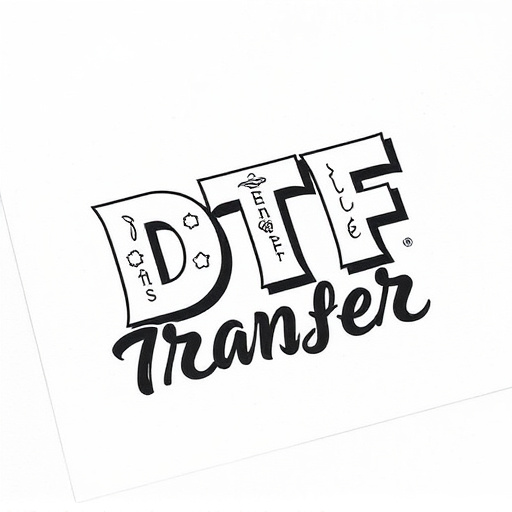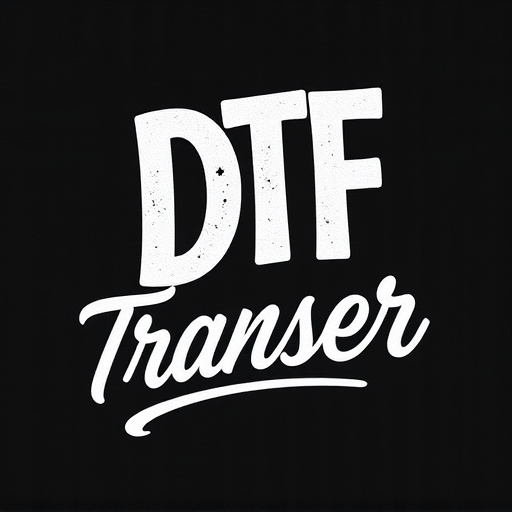Direct-to-Film (DTF) transfers revolutionize outdoor advertising with their cutting-edge technology. DTF offers unparalleled durability and visual impact, resisting UV radiation to maintain vibrancy and clarity for extended periods. This innovative process provides superior color accuracy, fast production times, and versatility on diverse substrates, making it ideal for captivating signage, billboards, and event graphics without sacrificing quality or increasing costs. DTF's resistance to harsh weather conditions makes it a leading choice for long-lasting outdoor marketing solutions. When selecting UV-resistant DTF transfers for outdoor use, choose films designed specifically for extended sun exposure to ensure vibrant colors and reduced degradation over time. Proper material selection, preparation, and protective coatings enhance the durability of DTF prints in challenging environments. Case studies demonstrate DTF's excellence in real-world outdoor applications, outperforming traditional methods and preserving intricate designs for sectors like advertising and heritage conservation.
“Discover the future of outdoor signage with ultraviolet-resistant direct-to-film (DTF) transfers—a game-changing technology enhancing durability and vibrancy. This article explores the intricacies of DTF, its growing relevance in outdoor applications, and why UV resistance is no longer an option but a necessity. From understanding DTF’s unique properties to mastering application techniques, we’ll guide you through the process, offering insights on material selection and successful case studies. Uncover the benefits of DTF prints, revolutionizing how we bring graphics to life outdoors.”
- Understanding Direct-to-Film (DTF) Transfers: A Brief Overview
- The Role of Ultraviolet (UV) Resistance in Outdoor Applications
- Advantages of Using DTF for Outdoor Signage and Graphics
- Material Selection: Choosing the Right UV-Resistant Films
- Application Techniques and Best Practices for DTF Printing Outdoors
- Case Studies: Successful Implementation of UV-Resistant DTF Transfers
Understanding Direct-to-Film (DTF) Transfers: A Brief Overview
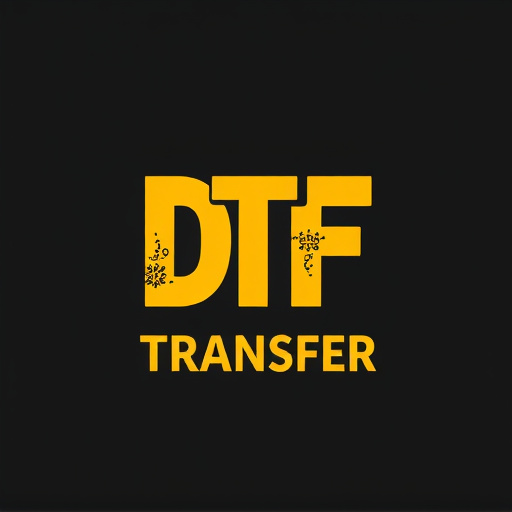
Direct-to-Film (DTF) transfers are a cutting-edge technology revolutionizing outdoor advertising and signage. This innovative process involves printing directly onto specific film materials, which can then be applied to various surfaces, offering unparalleled durability and visual impact. DTF Transfer is particularly advantageous for outdoor applications due to its resistance to environmental factors like UV radiation, ensuring that prints maintain their vibrancy and clarity for extended periods.
DTF Printing offers a range of benefits, including superior color accuracy, fast production times, and the ability to print on diverse substrates. This technology is ideal for creating eye-catching signage, billboards, and graphics for events, as it provides a cost-effective solution without compromising quality. DTF Transfers are designed to withstand harsh weather conditions, making them a preferred choice for businesses seeking long-lasting and effective outdoor marketing materials.
The Role of Ultraviolet (UV) Resistance in Outdoor Applications
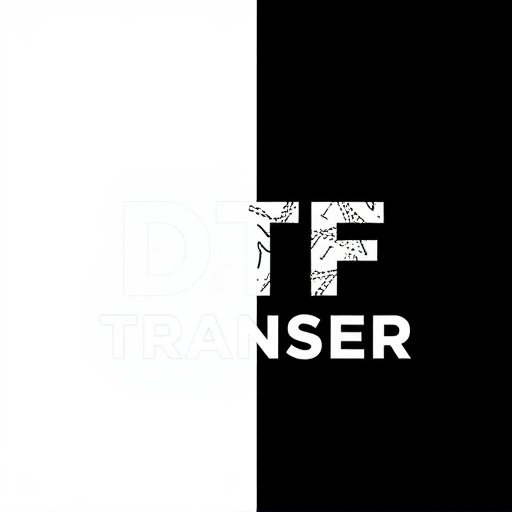
In outdoor applications, ultraviolet (UV) resistance plays a pivotal role in ensuring the longevity and quality of direct-to-film (DTF) transfers and prints. UV rays from the sun can degrade materials over time, leading to fading, cracking, or loss of adhesion in traditional printing methods. DTF transfers, however, offer enhanced durability due to their specialized inks and coatings that resist UV exposure. This technology is particularly valuable for outdoor signage, banners, and graphics placed in high-sunlight environments, ensuring vibrant colors and sharp details remain intact for extended periods.
By incorporating UV-resistant properties into DTF printing processes, businesses can save on frequent replacements and maintenance costs associated with traditional outdoor advertising. The ability to withstand UV radiation ensures that DTF prints remain visible and eye-catching, even after prolonged sun exposure. This advantage makes DTF transfers a preferred choice for various outdoor applications, from commercial buildings and events to transit advertising, where visuals need to be both durable and impactful under direct sunlight.
Advantages of Using DTF for Outdoor Signage and Graphics

Using Direct-to-Film (DTF) transfers for outdoor signage and graphics offers a plethora of advantages over traditional printing methods. One of the key benefits is durability; DTF prints are highly resistant to environmental factors like UV rays, rain, and harsh temperatures, ensuring your signs and graphics maintain their vibrancy and integrity for extended periods. This longevity is particularly valuable in outdoor settings where exposure to the elements is inevitable.
Additionally, DTF transfers provide a crisp and vibrant color reproduction, making them ideal for visually appealing advertisements and art installations. The process allows for precise detail and image quality, from bold text to intricate designs, all while being easily applicable to various surfaces. This versatility means businesses and artists can create eye-catching displays on buildings, billboards, or even outdoor furniture, capturing the attention of passersby in a cost-effective and efficient manner.
Material Selection: Choosing the Right UV-Resistant Films
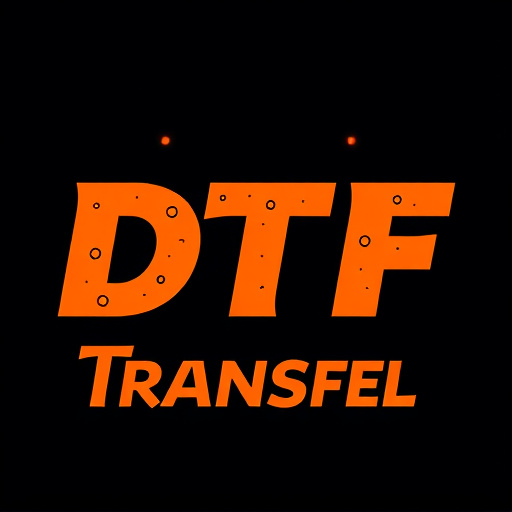
When selecting materials for outdoor applications requiring ultraviolet (UV)-resistant direct-to-film (DTF) transfers, it’s crucial to choose films designed specifically for extended sun exposure. Standard DTF prints may degrade over time when faced with intense UV rays from the sun, leading to color fading and reduced durability. Look for UV-resistant films that are formulated to withstand these harsh conditions. These specialized materials incorporate additives that absorb or reflect UV radiation, protecting the printed image and ensuring vibrant colors for longer periods.
The right DTF transfer should offer superior resistance to yellowing and cracking, maintaining its visual appeal even under outdoor circumstances. Additionally, consider film transparency; a high-quality UV-resistant DTF will provide crisp, clear prints, allowing designs to be seen clearly from various viewing angles. This attention to material selection is key in achieving long-lasting, high-quality DTF prints suitable for outdoor use, such as signage, decorations, or promotional materials.
Application Techniques and Best Practices for DTF Printing Outdoors
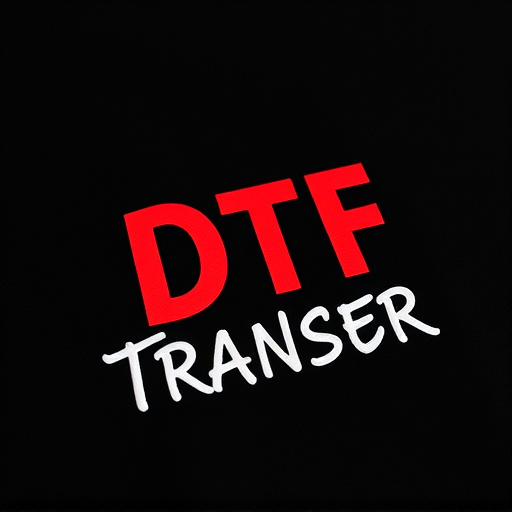
When applying DTF Transfers outdoors, several techniques and best practices ensure optimal results. Start by selecting suitable materials designed for outdoor use, as they offer enhanced durability and resistance to elements like UV exposure. Expert technicians often prefer using specialized inks and coatings that not only withstand harsh conditions but also maintain vibrant colors and sharp details in DTF prints.
Application involves careful preparation of the surface, ensuring it’s clean, dry, and free from contaminants. Proper alignment is crucial for crisp, accurate DTF Printing. Consider using framing or guides to ensure the design aligns perfectly with the substrate. Additionally, outdoor installations may require additional protective coatings or laminates to shield against weathering, making the DTF Transfer more resilient for long-term exposure.
Case Studies: Successful Implementation of UV-Resistant DTF Transfers
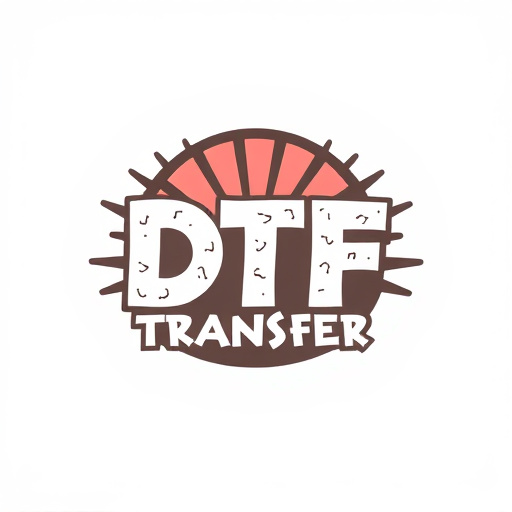
In recent years, numerous case studies have demonstrated the successful implementation of ultraviolet (UV)-resistant direct-to-film (DTF) transfers for outdoor applications. These real-world examples highlight the durability and efficacy of DTF technology in challenging environments, such as exposure to intense sunlight, moisture, and varying temperatures. For instance, a study conducted by a leading outdoor advertising company showed that DTF prints on vinyl films outperformed traditional printing methods in terms of colorfastness and longevity after six months of continuous outdoor exposure.
Another notable case involved the restoration of historical signs and murals using UV-resistant DTF transfers. The process allowed for the preservation of intricate designs and vibrant colors, ensuring these cultural artifacts could withstand the elements for years to come. These successful implementations have not only validated the superior performance of DTF transfers but also underscored their potential in various sectors, including advertising, signage, and heritage conservation.
